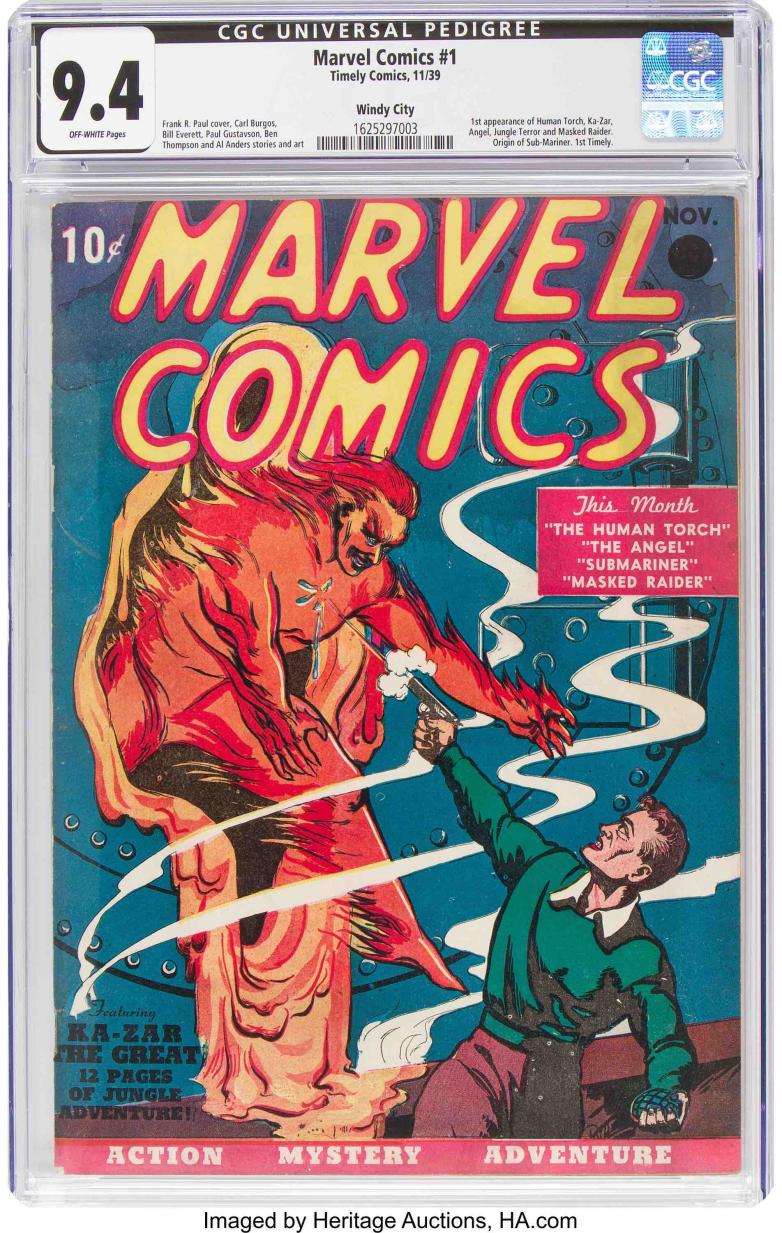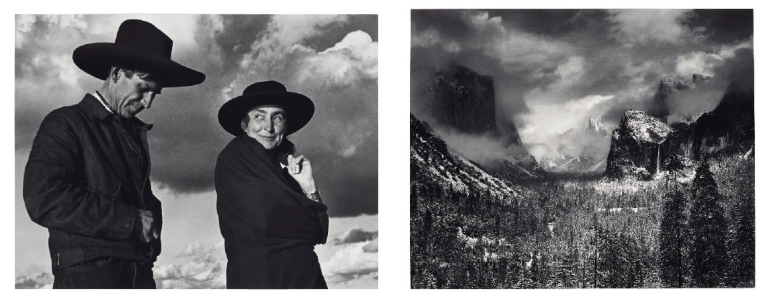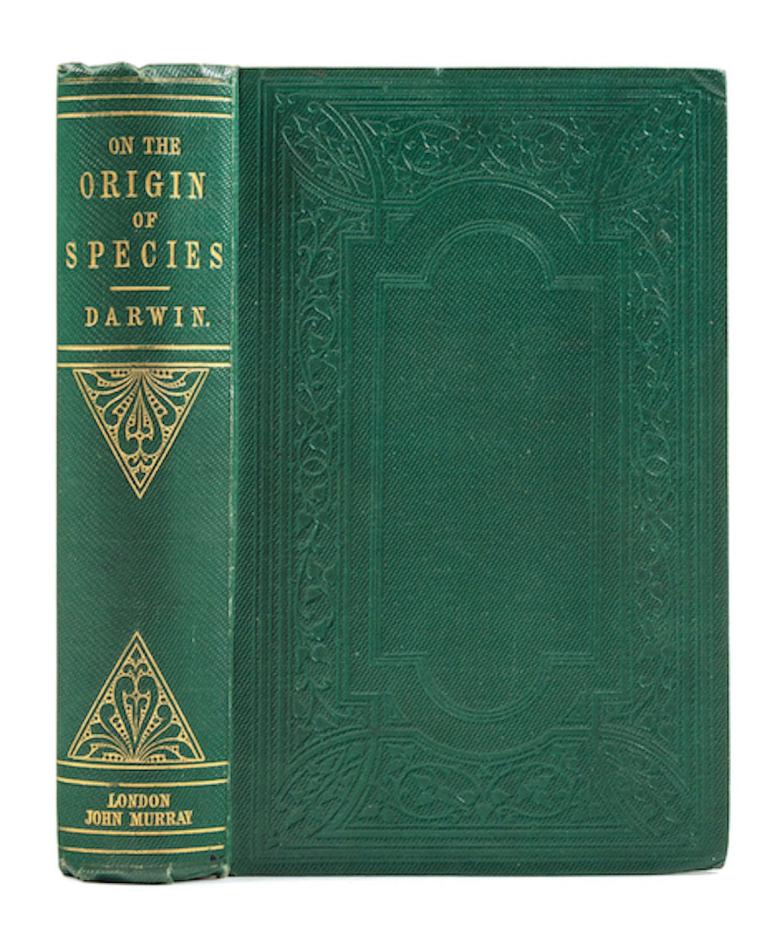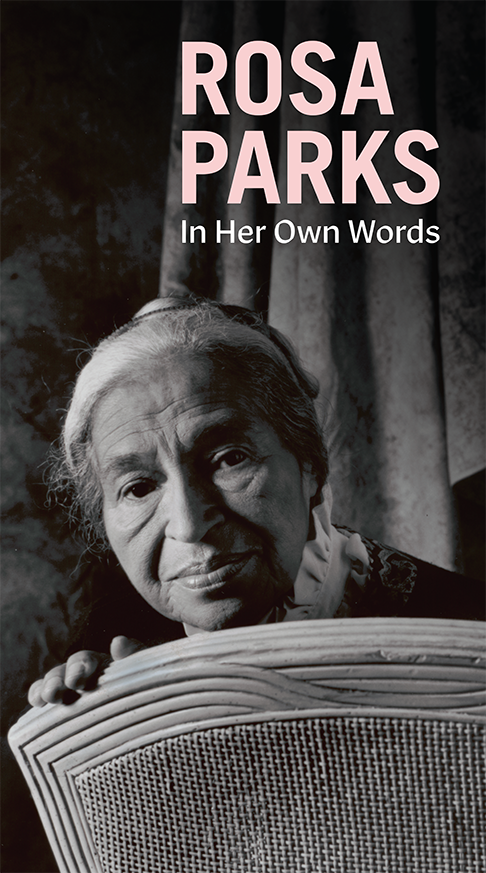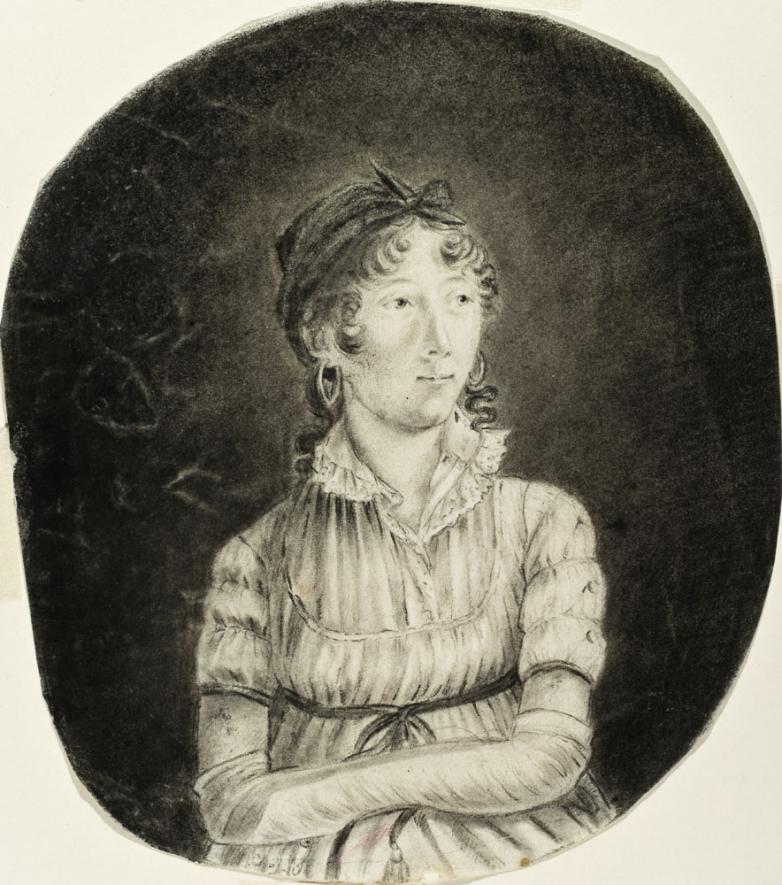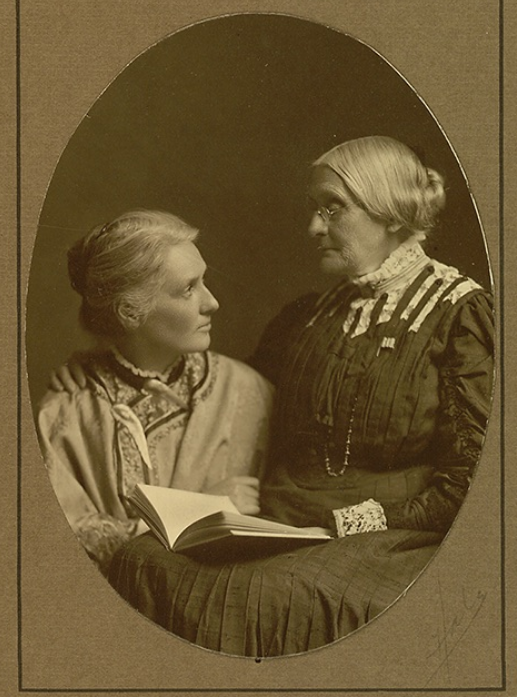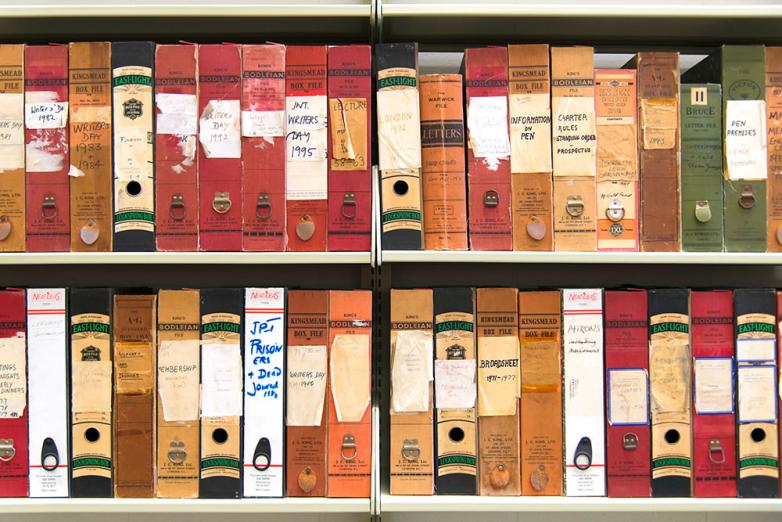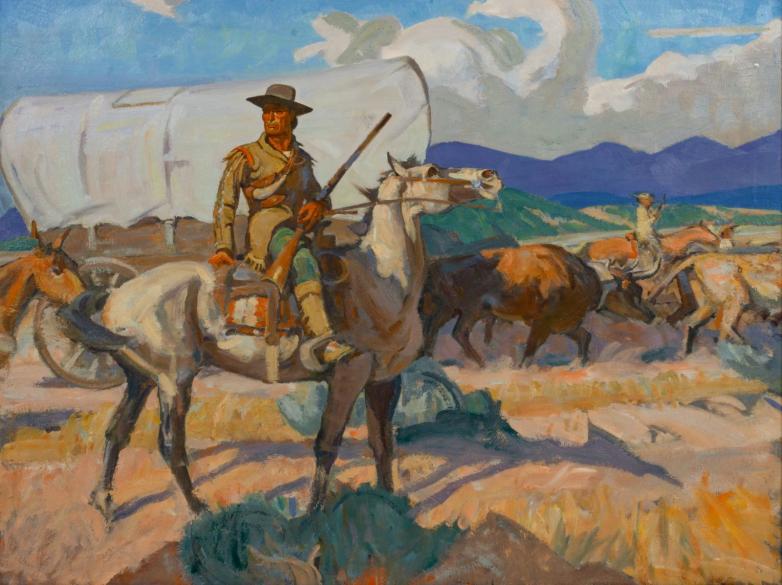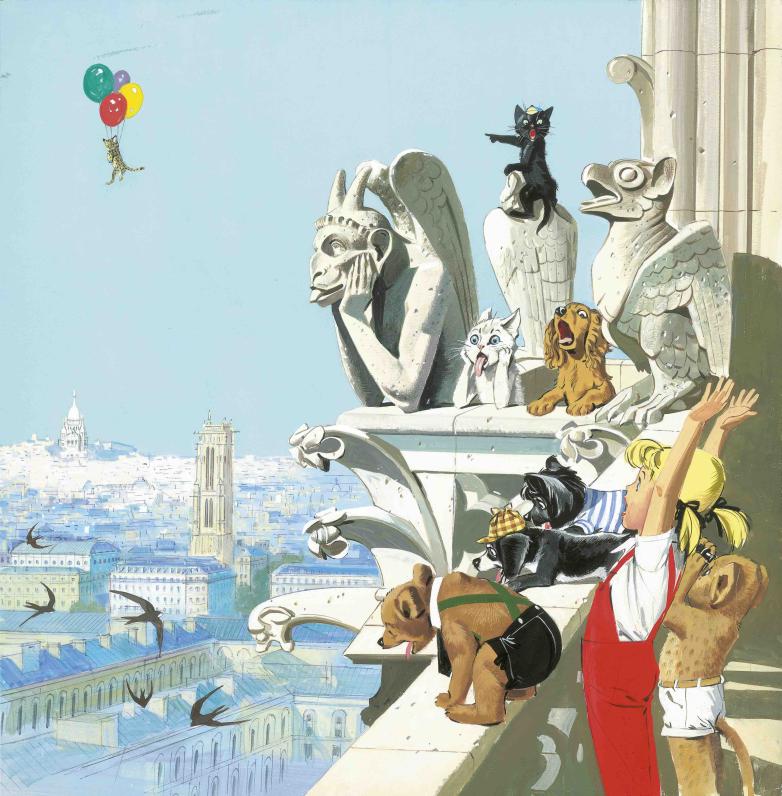
Pierre Probst, Caroline visite Paris, Tome 16, Notre Dame. Estimate: €3,000-5,000
Paris — For its Comic Strips sale, Artcurial will be auctioning, for the first time, a collection of original drawings from the adventures of Caroline. These 22 illustrations, estimated between €3,000 and 6,000 have come directly from the illustrator Pierre Probst’s family.
The auction will also be offering a Tintin Indian ink panel, l’Étoile Mystérieuse, drawn by Hergé, estimated between €150,000 and 200,000. A wonderful historic set of drawings and panels by the famous Japanese mangaka Osamu Tezuka will also be presented, the star being a Captain Ken panel estimated at €30,000 - 40,000 and several Astro Boy drawings. A rare collection of illustrations representing Walt Disney’s famous heroes will also be put on sale. These drawings, created in the 1950-60s, were intended to decorate Jouets Vera’s wooden puzzles.
A collection of 22 original Caroline drawings Pierre Probst (1913-2007), an artist from Mulhouse in Alsace, knew from an early age that he would become a cartoonist. With the first album from the series, Une fête chez Caroline, published in 1953, he immediately experienced a huge success, thanks to his colourful drawings illustrating the life of this little girl, joined at the hip with her talking pets. The heroine’s name was a tribute to the illustrator’s grandmother and he used his daughter, Simone, as the model who inspired her character.
A beautiful panorama of Caroline adventures, which are both educational and fun, will also be presented at the auction. Twenty-two original drawings depict the adventures of the young heroine who sometimes explored the capital city--admiring the breath-taking view from the top of Notre-Dame cathedral or at the foot of the Eiffel Tower--while others recount her going back to Prehistoric times, travelling through Europe or even going on an expedition to the Moon, always accompanied by her four-legged friends who end up getting into mishaps (estimate: €3,000 - 5,000 / €4,000 - 6,000).
At the heart of this collection, nine original drawings created for the Caroline comic book covers will also be presented. We also see the little girl in her day-to-day life, when she learns to ride a horse, or when she enjoys a galette des rois (epiphany cake), as well the young heroine’s exceptional adventures: with the “Lilipuchiens”, on the Moon or in the North Pole... Each cover illustration is estimated between €3,000 and 5,000.
An exceptional panel signed by Hergé
In addition, the auction will also be offering a Tintin panel, l’Étoile Mystérieuse, drawn by Hergé and published in November 1941 in the Le Soir newspaper. This rare article illustrates the famous scene where Tintin observes through a telescope the meteorite which threatens to crash into Earth leading to the end of the world. It is estimated at €150,000 - 200,000.
Fans of Tintin can also get their hands on a bronze sculpture of Tintin et Milou by Nat Neujean, made in 1975 under Hergé’s guidance and estimated at between €50,000 and 60,000, as well as a lithography signed by Hergé and by the American astronauts who walked on the Moon, including Buzz Aldrin’s “First moonwalkers after Tintin” inscription (estimate: €10,000-15,000).
Osamu Tezuka
A panel by Osamu Tezuka, the creator of Astro Boy, will also be on sale. It illustrates his hero from the 1960s, the space cowboy Captain Ken (estimate: €30,000 - 40,000) and is part of an exceptional set of 13 panels and drawings which recount a large portion of the famous Mangaka’s career. In particular, there will be a Buddha panel estimated between €30,000 and 40,000, as well as a drawing of the famous Astro Boy in Indian ink (estimate: €15,000 - 20,000).
Walt Disney
A collection of drawings representing Walt Disney’s heroes and illustrations for children’s stories will also be on sale. These drawings, entrusted by the family of Jouets Vera’s creator, were intended for the brand’s wooden puzzles. Amongst these illustrations: Blanche neige (€2,000 - 3,000), Donald, Mickey et leurs amis à la pêche (€2,000 - 3,000), and Cendrillon (€2,000 - 3,000).
The classic comic strip will be represented by Hugo Pratt with an exceptional panel of Corto Maltese en Sibérie (€35,000 - 45,000) and a complete story of 18 panels entitled L’Odio di corazon Sutton (€50,000 - 70,000); by Sempé with a set of 32 cartoons (€2,500 - 3,500 to €200 to 300).
Amongst modern day illustrators, there will be Enki Bilal, Le Vaisseau de Pierre (€80,000 – 100,000), Philippe Druillet, Les 6 voyages de Lone Sloane (€8,000 - 12,000), and Jacques Tardi, Casse pipe à la nation (€11,000 – 14,000).
A few days after this auction, there will be an Online Only sale of Comic Strips from 25th to 28th November.




